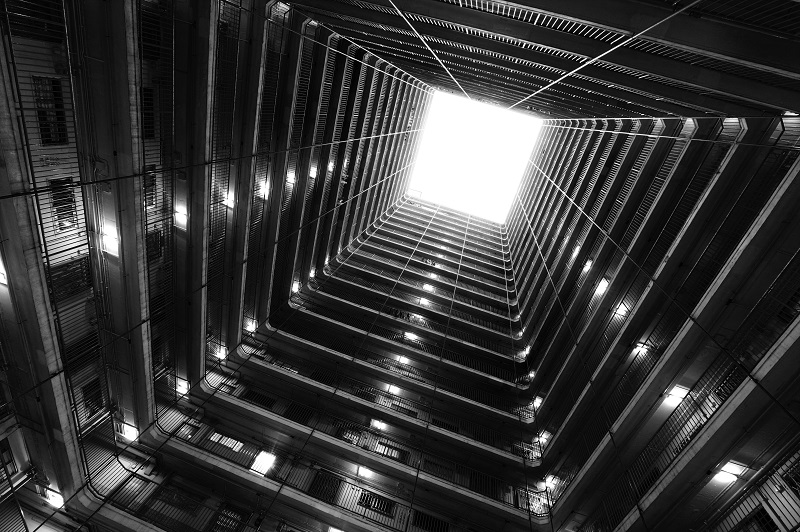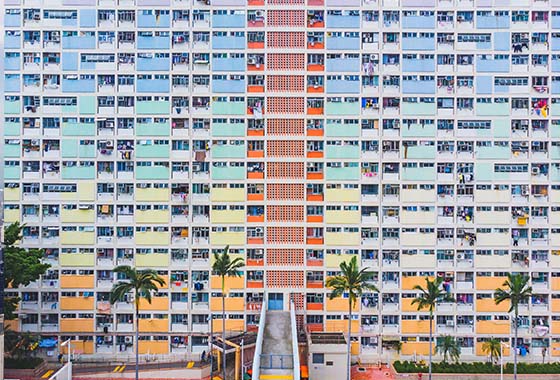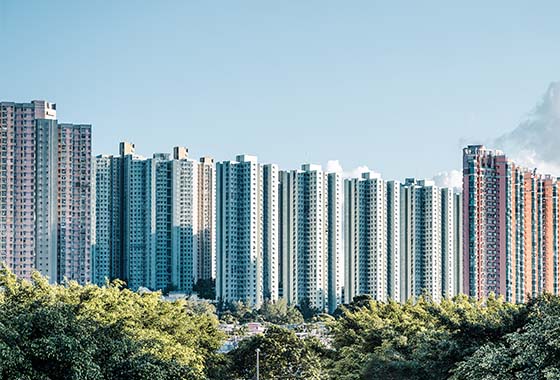Impact of relaunching tenants purchase plan would be negligible
This article appeared originally in the CHINADAILY on 10 December, 2020.
Authors: Ryan Ip, Head of Land and Housing Research, Koby Wong, assistant researcher at Our Hong Kong Foundation.

Chief Executive Carrie Lam Cheng Yuet-ngor released her latest Policy Address on Nov 25 after a one-month delay. The Policy Address made no mention on relaunching the Tenants Purchase Scheme. However, as the TPS is crucial in enabling low-income families to fulfill their home ownership aspirations, while helping to create wealth within the community and improving livelihood conditions, the government should reconsider the issue seriously to avoid failing to deliver its original intention of goodwill.
Back in October this year, the chief executive and Secretary for Transport and Housing Frank Chan Fan expressed their views that it is not the right time for relaunching the TPS. Both senior officials referred to statistics from the past five years, noting an annual average of 12,000 units were recovered and reallocated to applicants for Public Rental Housing. Their reasoning is that if there is a large-scale relaunch of the TPS, it will sharply decrease the supply of such housing and vastly lengthen the waiting time for those queuing up for a PRH unit. However, there is evidence, in at least three aspects, that the scenario was exaggerated.
According to our analysis, only 5,400 units are actually available for reallocation each year, and relaunching TPS (Tenants Purchase Scheme) would only further reduce the supply by 3 percent, or 170 units
Firstly, the number of PRH units recovered each year for the purpose of reallocation was fewer than 12,000. According to the written reply by the Bureau to a Legislative Councillor in May 2020, the figure of 12,000, in fact, included units surrendered by PRH tenants due to transfer. However, these units would not be used for reallocation. If we deduct these units, then the number of units available for reallocation was just 8,700 per year on average.
Secondly, these 8,700 units also included units surrendered by PRH tenants who purchased subsidized sale flats under the Home Ownership Scheme or GSH. Based on the “one-for-one” concept, the public housing units available for allocation to families awaiting PRH allocation did not actually increase. Official figures showed about 2,600 units were recovered each year over the past five years with such reason. If we subtract this figure from 8,700, then only 6,100 units are left for reallocation.
Thirdly, some people in the queue for PRH units are existing PRH tenants, perhaps as a family member of a PRH household. These people might one day “inherit” their household’s unit when the principal tenants (perhaps their parents) pass away or move to residential care homes, so they do not need to queue up for a new unit anymore. In the past five years, there was an annual average of 3,600 units recovered due to the death of the principal tenants or the principal tenants being admitted to residential care homes. According to figures released by the Housing Authority, about 20 percent of PRH applicants have the right to ‘inherit’ the unit they already live in. If the TPS is launched in a large scale, there would be about 700 (3,600 x 20%) PRH applicants inheriting the family home, who will no longer be applying for PRH units. If we deduct 700 from the figure of 6,100 stated above, the number of PRH units available for reallocation would be just 5,400, less than half of the 12,000 units mentioned by the Transport and Housing Bureau.
While we believe the TPS is beneficial to Hong Kong, we are not proposing that all 830,000 PRH units should be sold in one go. Instead, a few suitable PRH estates should be identified among the existing PRH estates for sale to sitting tenants, in the form of a pilot scheme. The TPS would only be widely launched when the pilot scheme receives positive feedback. Based on the previous experience, 26,000 units could be made available for sale in 2021, which is about 3 percent of the 830,000 PRH units in Hong Kong.
According to our analysis, only 5,400 units are actually available for reallocation each year, and relaunching the TPS would only further reduce the supply by 3 percent, or 170 units. The effect is subtle and is not a valid reason for rejecting the relaunch of the TPS, a policy that would benefit the entire community. If such policy is supported by the vast majority, the government should speed up the policy analysis process to show their respect for public opinion.
Using data which fails to reflect the reality and ignoring the need to balance multiple interests of the community made the government’s reasoning for refusing to relaunch the TPS untenable. Becoming a property owner is a lifelong dream of many Hong Kongers, including the grassroots. Relaunching the TPS does not only help them realize their dreams, but also bring benefit to society as a whole. More importantly, it is effective in rebuilding the housing ladder as stated in the chief executive’s election manifesto.



